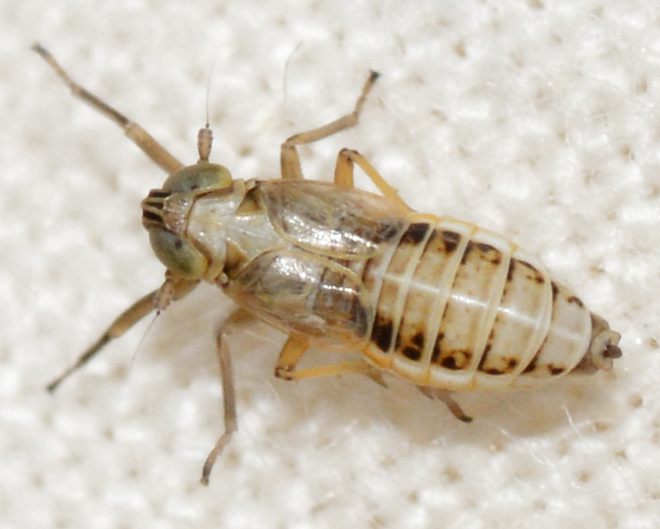| description |
A pale, whitish species with a robust body. The head, including the eyes, are slightly larger than the pronotum, and the vertex in dorsal view projects past the eyes. Macropters (long-winged) are darker than brachypters, with the abdomen and lateral portion of the mesonotum a brownish color. However, macropterous wings are clear (just like brachypterous wings) and extend past the length of the abdomen. Both Spartidelphax species are extremely similar, though S. penedetectus is slightly larger than detectus. The best field mark for differentiating the two species without dissection is the length of the vertex. In S. penedetectus, the vertex is nearly 1.5 (range around 1.34 to 1.5) times longer than it is wide; in S. detectus, the vertex is slightly shorter, being about 1.3 (range around 1.25 to 1.31) times longer than wide. Note the slight difference in the lengths with these two specimens. In penedetectus, brachypter males have an average body length of 2.33 mm while macropters have an average of 3.79 mm; female brachypters have an average length of 3.06 mm while macropters have an average of 4.07 mm. In detectus, brachypter males have an average body length of 2.28 mm while macropters have an average of 3.29 mm; female brachypters have an average length of 2.89 mm while macropters have an average of 3.61 mm. Looking at male genitalia, the aedeagus of penedetectus has ventral teeth or fine serrulations, while in detectus is has long rows of lateral teeth extending beyond the distal third of the aedeagus. Nymphs of this genus are whitish overall. For more information on Spartidelphax and differentiating to the two species, see: Bartlett 2014. |
Species Photo Gallery for Spartidelphax penedetectus No Common Name |
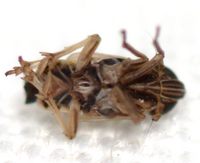 | Photo by: Kyle Kittelberger, Paul Scharf
Beaufort Co.
Comment: coastal, mostly cordgrass habitat |  | Photo by: Kyle Kittelberger, Paul Scharf
Beaufort Co.
Comment: coastal, mostly cordgrass habitat |
 | Photo by: Kyle Kittelberger, Paul Scharf
Beaufort Co.
Comment: coastal, mostly cordgrass habitat | 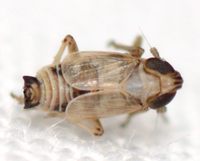 | Photo by: Kyle Kittelberger, Paul Scharf
Beaufort Co.
Comment: coastal, mostly cordgrass habitat |
 | Photo by: Kyle Kittelberger, Paul Scharf
Beaufort Co.
Comment: coastal, mostly cordgrass habitat |  | Photo by: Kyle Kittelberger, Paul Scharf
Beaufort Co.
Comment: coastal, mostly cordgrass habitat |
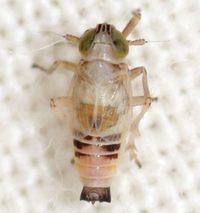 | Photo by: Kyle Kittelberger, Paul Scharf
Beaufort Co.
Comment: coastal, mostly cordgrass habitat | 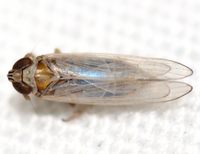 | Photo by: Kyle Kittelberger, Paul Scharf
Beaufort Co.
Comment: coastal, mostly cordgrass habitat |
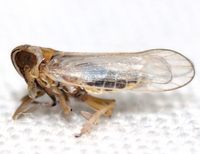 | Photo by: Kyle Kittelberger, Paul Scharf
Beaufort Co.
Comment: coastal, mostly cordgrass habitat | 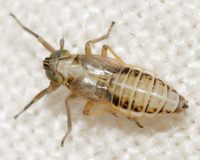 | Photo by: Kyle Kittelberger, Paul Scharf
Beaufort Co.
Comment: coastal, mostly cordgrass habitat |
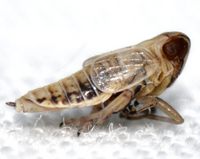 | Photo by: Kyle Kittelberger, Paul Scharf
Beaufort Co.
Comment: coastal, mostly cordgrass habitat | 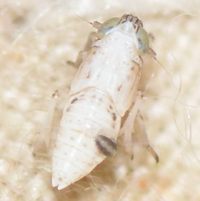 | Photo by: Kyle Kittelberger, Paul Scharf
Beaufort Co.
Comment: coastal, mostly cordgrass habitat |
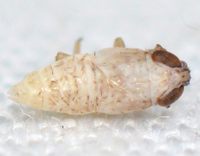 | Photo by: Kyle Kittelberger, Paul Scharf
Beaufort Co.
Comment: coastal, mostly cordgrass habitat | 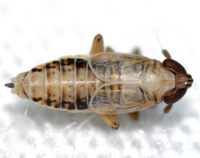 | Photo by: Kyle Kittelberger, Paul Scharf
Beaufort Co.
Comment: coastal, mostly cordgrass habitat |
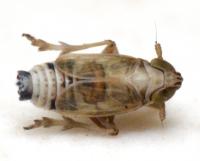 | Photo by: Kyle Kittelberger, Brian Bockhahn
Carteret Co.
Comment: macropters and brachypters; plentiful on Spartina | 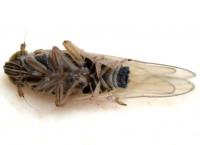 | Photo by: Kyle Kittelberger, Brian Bockhahn
Carteret Co.
Comment: macropters and brachypters; plentiful on Spartina |
 | Photo by: Kyle Kittelberger, Brian Bockhahn
Carteret Co.
Comment: macropters and brachypters; plentiful on Spartina | 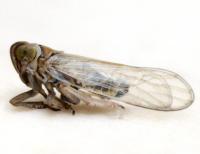 | Photo by: Kyle Kittelberger, Brian Bockhahn
Carteret Co.
Comment: macropters and brachypters; plentiful on Spartina |
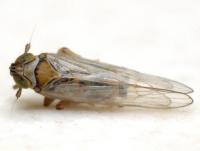 | Photo by: Kyle Kittelberger, Brian Bockhahn
Carteret Co.
Comment: macropters and brachypters; plentiful on Spartina | 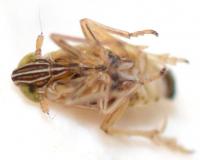 | Photo by: Kyle Kittelberger, Brian Bockhahn, Paul Scharf
New Hanover Co.
Comment: marsh grass: black needlerush, spartina, etc. |
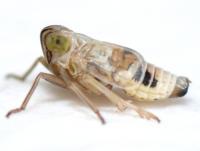 | Photo by: Kyle Kittelberger, Brian Bockhahn, Paul Scharf
New Hanover Co.
Comment: marsh grass: black needlerush, spartina, etc.; male, brachypter, 2.6 mm |  | Photo by: Kyle Kittelberger, Brian Bockhahn, Paul Scharf
New Hanover Co.
Comment: marsh grass: black needlerush, spartina, etc.; male, 2.6 mm |
 | Photo by: Bo Sullivan
Carteret Co.
Comment: | 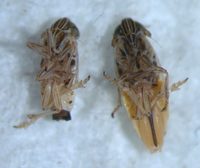 | Photo by: Bo Sullivan
Carteret Co.
Comment: |
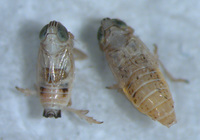 | Photo by: Bo Sullivan
Carteret Co.
Comment: |

 »
»

